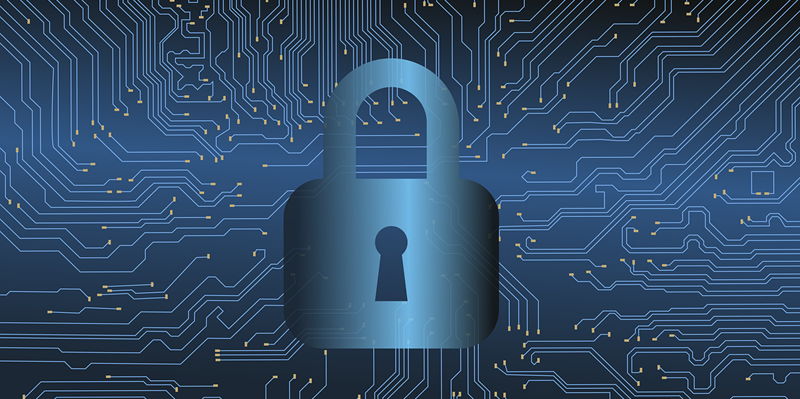In today’s digital era, understanding emerging cybersecurity patterns is crucial for organizations of all sizes. However, it is especially important for small and medium-sized enterprises (SMEs) with limited resources and lean security teams. As we look towards 2024, several trends are expected to shape the cybersecurity landscape, demanding proactive measures to safeguard against threats. This article explores these emerging patterns and provides insights for SMEs to effectively navigate the evolving cybersecurity environment.
Impact of GenAI
With the rapid development of artificial intelligence and automation, we can anticipate a parallel effect in the cyber realm. One consequence of GenAI is the potential rise of rookie hackers causing havoc in 2024. SMEs need to be prepared for an increase in cyber threats driven by inexperienced adversaries seeking to exploit vulnerabilities in digital systems.
Challenges Faced by Lean Security Teams
SMEs’ security teams often operate with limited personnel, budget, and bandwidth compared to larger enterprises. Despite this, lean security teams must protect against the same threats as their larger counterparts. Prioritizing effective resource allocation and leveraging innovative tools becomes essential to bridge the gap and ward off potential cyber threats.
Evolution of Malware
Threat actors continuously adapt malware to bypass security detections and inflict maximum financial damage. In 2024, one notable evolution will be the widespread embrace of customizable infostealers like “Stealc.” These malicious software packages are designed to infiltrate systems, steal sensitive information, and exploit vulnerabilities. To evade detection, infostealers may hide within seemingly innocuous email attachments, hijack legitimate websites, or exploit software vulnerabilities.
Value of Stolen Data
When cybercriminals successfully pilfer data through infostealers, the stolen information becomes immensely valuable in the dark web forums where threat actors often convene. This marketplace enables criminals to exploit and monetize sensitive data, emphasizing the need for organizations to fortify their cybersecurity defenses to protect against data breaches and potential financial loss.
Mitigating Cybersecurity Risks in 2024
As the financial stakes of cybersecurity increase, executives must take proactive measures to mitigate organizational risk. Implementing a comprehensive cybersecurity strategy, including measures such as regular system audits, patch management, employee education, and incident response plans, helps organizations fortify their defenses against emerging threats effectively.
The Role of Cyber Insurance
In the face of evolving cyber threats, cyber insurance is becoming an increasingly popular layer of protection for organizations. Cyber insurance policies help safeguard against financial losses associated with cybersecurity incidents, including data breaches, system disruptions, and legal liabilities. SMEs are encouraged to explore the benefits of cyber insurance coverage tailored to their specific needs.
Geopolitical Tensions and Cybersecurity
The world is entering an era of heightened geopolitical tensions, characterized by rising nationalism, ideological clashes, and growing distrust of international institutions. These tensions have direct implications for cybersecurity, as nation-state actors and hacktivist groups may exploit vulnerabilities to further their agendas. Organizations must recognize and prepare for the potential cyber threats arising from this evolving geopolitical landscape.
As SMEs continue to play a vital role in the global economy, their cybersecurity preparedness becomes increasingly critical. Understanding emerging cybersecurity patterns and adopting proactive measures to mitigate risks is imperative. By prioritizing resource allocation, embracing emerging technologies, investing in cybersecurity training, considering cyber insurance, and staying vigilant in an evolving geopolitical landscape, SMEs can strengthen their defenses and safeguard their digital assets in 2024 and beyond.

